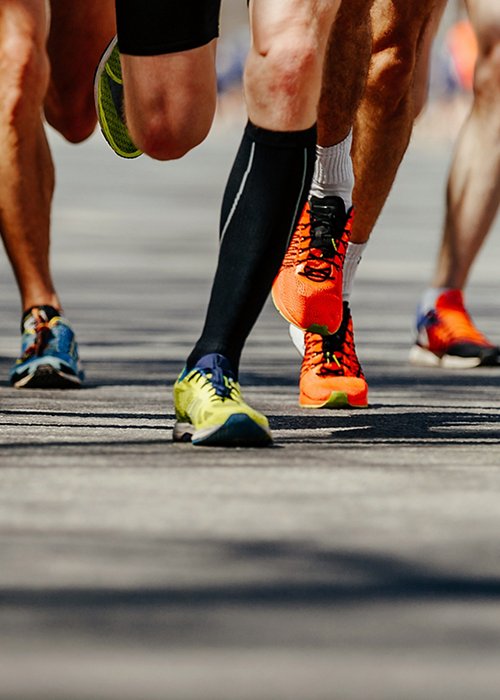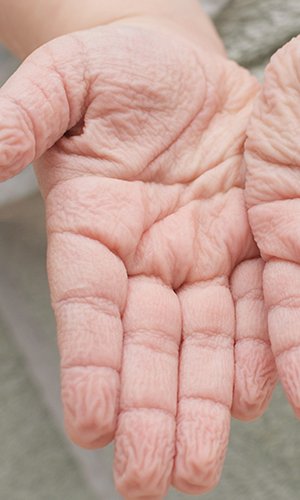Cognitive abilities such as attention and memory are significantly more developed in those who practise sport, especially team sports. Several studies reveal that athletes, compared to ordinary students, are able to process dynamic scenes more accurately. For acrobats, gymnasts and divers in particular, muscle memory is crucial — and it improves with training. Moreover, balance is fundamental to perceiving where their bodies are in space, thanks to the activation of a region at the base of the brain: the cerebellum. If this “mechanism” were not to function correctly, the consequences could be severe. Let’s look at a concrete example. “Will it enter the strike zone, and how fast will it come towards me?” is one of the many questions a baseball player might ask themselves during a game. This kind of question activates neurons in the brain located in the temporal sulcus, which contribute not only to advanced motion perception but also to interpreting intentions based purely on visual clues. During a match, depending on the situation, for instance, a footballer dribbling in one direction might suddenly need to change course if an opposing player approaches. It becomes necessary to shift attention quickly and act differently — activating what’s known as “mental flexibility,” as confirmed by studies from the World Health Organization and by publications from Christoph Handschin, a muscle specialist and professor of pharmacology at the University of Basel in Switzerland. The case of Olga Kotelko, a nonagenarian athlete who held over 30 records, is exemplary. After her death, her colleagues analysed her brain to uncover the secrets of her success and found that part of her brain remained remarkably intact: the so-called “white matter,” which consists of the connections between neurons and various regions of the brain. In short, sport not only improves the body but also enhances cognitive abilities, making us quicker and more mentally agile. For this reason, it’s vital to encourage brain training from an early age through dynamic activities.
By Rouane Bouazza, Tommaso Agazzi, 3A, G. Natta Scientific High School, Milan




